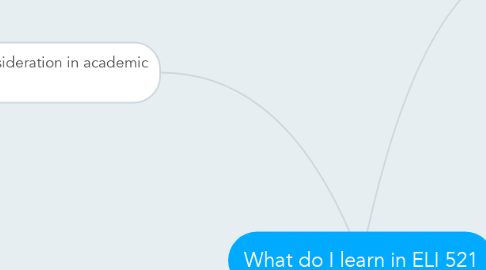
1. Data Commentary
1.1. The strength of claim
1.2. Structure of data commentary
1.2.1. Location elements and/or summary statements
1.2.1.1. Verbs in indicative and informative location statements: p.149
1.2.2. Highlighting statements
1.2.2.1. Moderating and qualifying a claim
1.2.2.2. Qualification and strength of a claim
1.2.3. Discussion of implications, problems, exceptions, recommendations, or other interesting aspects of the data
1.2.3.1. Description of trends
1.2.3.2. Dealing with graphs
1.2.3.3. Organizing data with chronological sequence
2. Grammar consideration in academic writing
2.1. How to use articles
2.2. Relative clauses in definitions
2.3. Articles in definations
2.4. Countability
3. An approach to academic writing
3.1. Audience
3.2. Purpose and Stradegy
3.2.1. Instruction
3.2.2. Dusplay
3.3. Organization
3.4. Style
3.4.1. Using Global Scholar to identify useful words and phrases
3.4.2. Using single formal verbs instead of phrases
3.4.3. Other Stylistic Features
3.4.3.1. Using first-person pronoun: I and We
3.4.3.2. No contractions
3.4.3.3. Single negative word
3.4.3.4. Clear expression
3.4.3.5. "You" can be substituted by passive voice
3.4.3.6. Direct and indirect questions
3.4.3.7. Mid-place adverbs
3.4.3.8. Should split infinitives?
3.4.3.9. Avoid wordy expression
3.4.4. Old to new information flow
3.4.4.1. Both active and passive voice
3.5. Flow
3.5.1. Language: linking words and phrases
3.5.2. Language: This and summary phrases
3.6. Presentation
4. General - Specific and Specific - General
4.1. Shape of GS text
4.1.1. General Statement
4.1.1.1. Open with general statement
4.1.1.2. Open with Statistics
4.1.1.3. Open with definitions
4.1.1.3.1. How to convery a defination: Term+is/are+a/an class+that/wh-word+Distinguish detail
4.1.1.3.2. How to extend a defination
4.1.2. Elaboration on the statement
4.1.3. More detailed elaboration
4.1.4. Broader statement
4.2. Shape of SG text
4.2.1. Specific/Narrow Statement
4.2.2. Elaboration on the statement
4.2.3. Broader context
4.2.4. Concluding generalization
5. Problem, Process, and Solution
5.1. The structure of Problem- Solution texts
5.1.1. Situation, problem, solution, evaluation
5.1.2. Situation, problem, partial solution, evaluation, new solution, evaluation
5.2. Procedures and Process
5.2.1. -ing clauses to indicate cause and effect
5.2.2. Verb tense to indicate process, passive and active voices
5.3. Flow of Ideas of Process Description
5.3.1. participles: -ed

